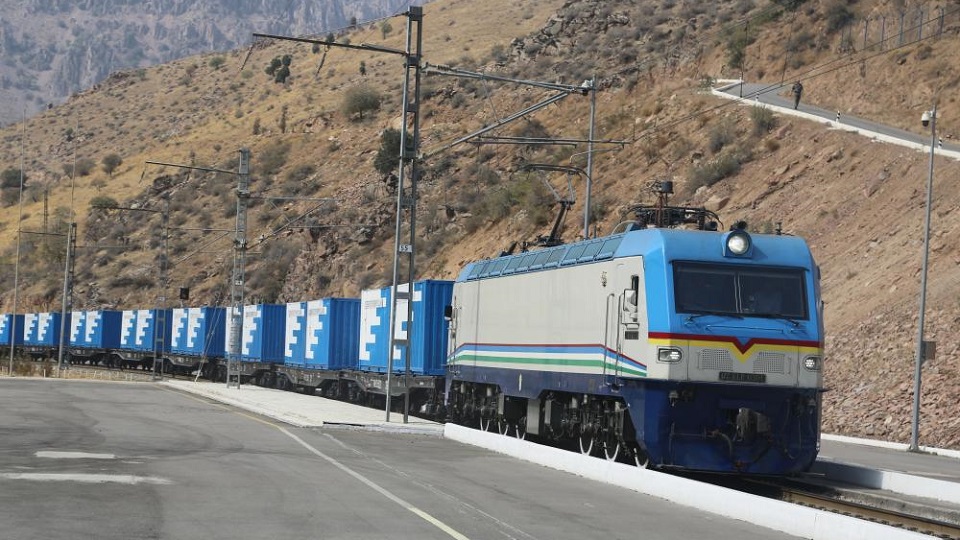A brand new corridor on the table for China and Central Asia

A new, Central Asian corridor is on the table, linking China, Uzbekistan, Kyrgyzstan and Afghanistan. The possibility of establishing this corridor became the topic of discussion at a recently held meeting between railway companies of the Central Asian countries involved.
“The sides discussed the organising of a new corridor, China – Kyrgyzstan – Uzbekistan – Afghanistan and establishing mutually-beneficial conditions for cargo traffic along the corridor, and, most importantly, introducing competitive tariffs”, Uzbekistan Railways was quoted in local media.
Cargo would be loaded on the truck in the Chinese city of Kashgar, for a first road mile to Osh in Kyrgyzstan. Here it would be loaded on the train across Uzbekistan to Hairatan in Afghanistan, the railway company explained.
Not the first
Railway corridors in the Central Asian region are not new. There are several projects ongoing, such as the China-Kyrgyzstan-Uzbekistan (CKU) railway line, for which a route has recently been proposed. This corridor does not include Afghanistan, however.
Afghanistan is a country of interest on the design table of Central Asian countries in Asia. A roadmap is currently drawn to realise the The Trans-Afghan railway that connects Uzbekistan to the ports of Pakistan. This is one way of improving port access in the landlocked countries of Afghanistan and Uzbekistan.
Moreover, there have been talks to extend the Khaf-Herat railway line between Iran and Afghanistan towards China. It would extend the connection from Herat to the Afghanistan-Tajikistan border and, after crossing Tajikistan, proceed through Kyrgyzstan, from where it will connect to China.
Why needed?
All these routes follow a different roadmap from the recently proposed China – Kyrgyzstan – Uzbekistan – Afghanistan. It is not entirely clear why a new, different corridor is needed, amidst the ongoing projects to realise better railway connections in Central Asia.
It is noteworthy to say that the mentioned corridors have been on the table for long. The current drawback of trade between China and Europe has revived interest in Central Asian corridors, but at the same time these corridors are difficult to realise, due to geographic hurdles and a lack of financial means.
You just read one of our premium articles free of charge
Want full access? Take advantage of our exclusive offer





